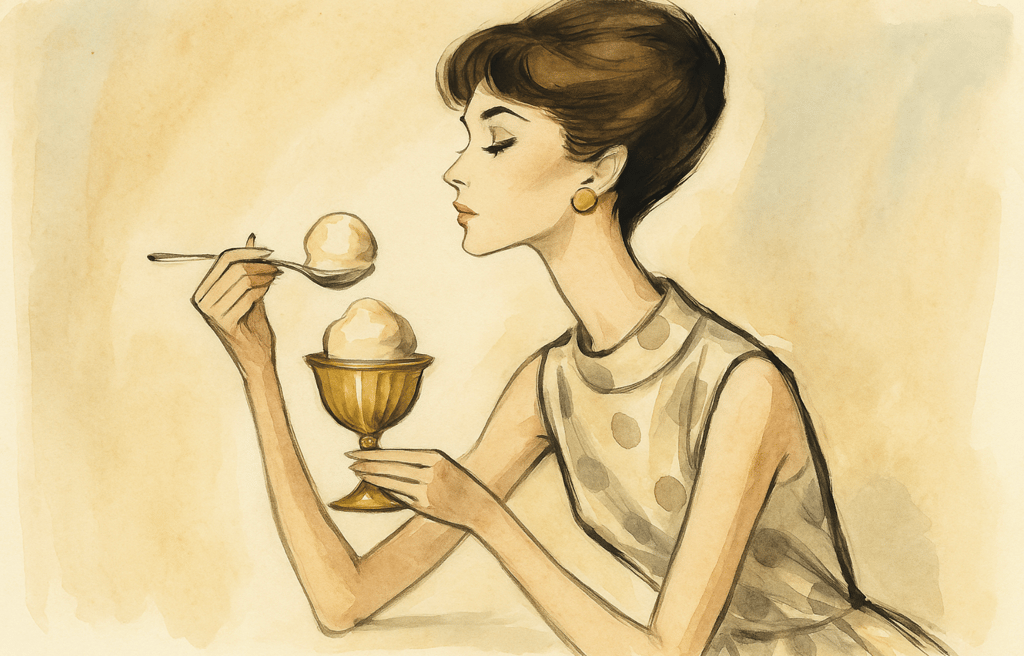The First Ice Cream Recipes in England: A 17th-Century Delight
Discover the first ice cream recipes in 17th-century England — flavoured with orange flower water and mace, frozen by hand, and served like edible art. History recipe.
FOOD HISTORY & TRADITIONS


At Hida Dream Home, we believe in looking backwards as much as forwards — especially when it comes to the things we eat. Our gardens may grow with the seasons, but the recipes we return to often carry the fingerprints of centuries.
One such delight? Ice cream.
But not the modern kind — not scoops from a tub or cones from the seaside van. We’re talking about the very first ice creams in England, whispered into being in 17th-century kitchens, long before the invention of refrigeration.
A Frozen Luxury for the Few
In the 1600s, ice cream was a marvel — rare, exquisite, and almost otherworldly. It wasn’t for everyone. Recipes were kept in handwritten manuscripts belonging to the wealthy, alongside notes on custards, sugared violets, and jellied meats.
And the flavours? Not what you'd expect.
Forget chocolate and strawberry. Early English ice cream was infused with ingredients like:
Orange flower water – floral, perfumed, and prized in courtly cooking
Mace – the lacy outer shell of nutmeg, used for its warm, peppery sweetness
Musk or ambergris – animalic scents once believed to enhance flavour and digestion
These were desserts for senses attuned to subtlety and symbolism.
How Did They Freeze It?
Without freezers, cooks used a clever bit of chemistry: they packed a pewter or tin mould with the cream mixture, then buried it in a mixture of ice and salt. The salt lowered the freezing point, allowing the cream to chill and set — slowly, patiently, almost like a spell being cast.
It was a laborious process. The ice itself had to be harvested in winter and stored in deep underground ice houses, often packed with straw and snow. Every spoonful came with months of planning behind it.
Ice Cream as Art
These weren’t scoops in a bowl. They were sculpted — poured into intricate moulds shaped like lemons, shells, or roses. When turned out onto silver platters, they resembled marzipan fruits or delicate sculptures — designed to astonish as much as refresh.
In the candlelight of a summer banquet, they must have glowed.
A Taste of Time
Today’s ice creams are different — and easier, no doubt. But the idea remains the same: to capture something fleeting. To preserve a moment of joy. To cool a warm evening. To sweeten the end of a long day.
And maybe that’s what makes it feel so magical, still.
Try This:
On a warm day, infuse your cream with orange blossom and a whisper of spice. Chill it slowly. Take your time.
Because the best recipes aren’t always the newest — just the ones that still make us pause.
